Guest post by Brian Forst.

The massacre of people celebrating Bastille Day in Nice was tragic enough. No less tragic was the speed and manner with which political and mass media opportunists exploited the act, feeding the frenzy that makes mass murder and terrorism so attractive to alienated young men in the first place. This exploitation of terrorism by political and popular media agents, and the manner in which they feed each other, represents a growing, persistent, and pervasive power that serves the interests of terrorists by creating a public fear that is becoming unmanageable. It threatens the principles of enlightened democracy that our founders explicitly intended.
The Nice attack was immediately and repeatedly described in popular news accounts as an act of terrorism, even before knowing whether the act was committed to further a political or ideological cause – the feature that most fundamentally distinguishes terrorism from crime.
This was unambiguously a mass killing, much like those in Blacksburg, Virginia, and Columbine, Colorado, neither of which were called acts of terrorism. It remains to be determined precisely to what extent the attack was motivated by a political rather than personal agenda, but what is clear is that this important question was settled by the media virtually immediately. It is wrong, both in and out of the courtroom, to presume the guilt of a suspect, however strong the evidence, but it is perfectly acceptable today to presume terrorism if the name of the killer is Mohamed.
Terrorism has reached a palpably disruptive level. It has imposed heavy burdens on law enforcement and immigration officials internationally. It has produced epic levels of social turmoil in much of the Middle East, Africa, South Asia, and now Europe. It has seized the American public’s attention like no other threat to public health. It has given us a nominee for president from one of the two major political parties in the United States arguing in presidential debates for torture and the killing of families of terrorists.
Still, it is worth asking precisely what we mean by terrorism. Does the attack in Nice – and other mass killings that have been called acts of terrorism – really qualify as a terrorist event if the evidence reveals that the attacker used a terrorist connection as a thinly veiled excuse for a sociopathic act, without a serious commitment to any political or extremist agenda? This question is of little interest to much of the mass media, and even less interesting to opportunists who aim to build political capital by exploiting public fear. Terrorism gets the attention of the popular press and politicians, at least in the United States, well out of proportion to the harm it imposes in lives and property lost in the attacks. Media coverage of terrorism, and promises of ever more toughness against terrorism by politicians, is now so pervasive that one can no longer ignore the prospect that it aims primarily to attract eyeballs, sell product, and advance careers rather than to enhance the security of the US through an informed public. The coverage, and the tendency to over-react to the threat, also serve the strategic aims of terrorist organizations like Al-Qaeda and the Islamic State.
In his final week as president, Dwight D. Eisenhower delivered his most memorable speech to the American public, in which he warned of the dangers of a growing military-industrial complex:
Good judgment seeks balance and progress; lack of it eventually finds imbalance and frustration…(The) conjunction of an immense military establishment and a large arms industry is new in the American experience. The total influence – economic, political, even spiritual – is felt in every city, every State house, every office of the Federal government…we must not fail to comprehend its grave implications. Our toil, resources and livelihood are all involved; so is the very structure of our society…Only an alert and knowledgeable citizenry can compel the proper meshing of the huge industrial and military machinery of defense with our peaceful methods and goals, so that security and liberty may prosper together.
Clear parallels exist between the military-industrial complex of the Cold War Era and the media-political complex of today’s Era of Terrorism. Both arose in times of “imbalance and frustration,” in response to what were described as existential threats to national security by alien forces with pernicious motives. Both were widely accepted by an American public gripped in fear. Both developed and persisted without much serious scrutiny of the incentives and motives of those who benefited most from the threats. Both complexes have reified the problem they aimed to solve. And as with the military-industrial complex, the components of the media-political complex complement one another. The popular media’s inflation of terrorism unsettles the public needlessly and expands opportunities for political pandering. If we truly care about national security, we will pay closer attention to ways in which the media-political complex serves the interests of terrorists. A comprehensive research agenda that combines content analysis to measure media and political stimuli with outcomes that reflect the seriousness and frequency of terrorist activities temporally and spatially could go a long way to sharpen our understanding of these effects.
President Eisenhower’s valedictory could use an up-dating. His calling attention to the military-industrial complex created a healthy awareness of a problem that was more serious than most people realized during the Cold War. It would be no less useful to call attention to a parallel and equally serious problem in today’s era of terrorism: the disruptive effects of media sensationalism and political pandering on public fear levels and national security policy. It may not be too late to temper the politics of fear with public policy enlightened by research on these vital issues.
Brian Forst is Professor of Justice, Law and Criminology at the American University’s School of Public Affairs. He wishes to thank Laura Dugan and Joseph Young for their helpful suggestions on drafts of this essay.

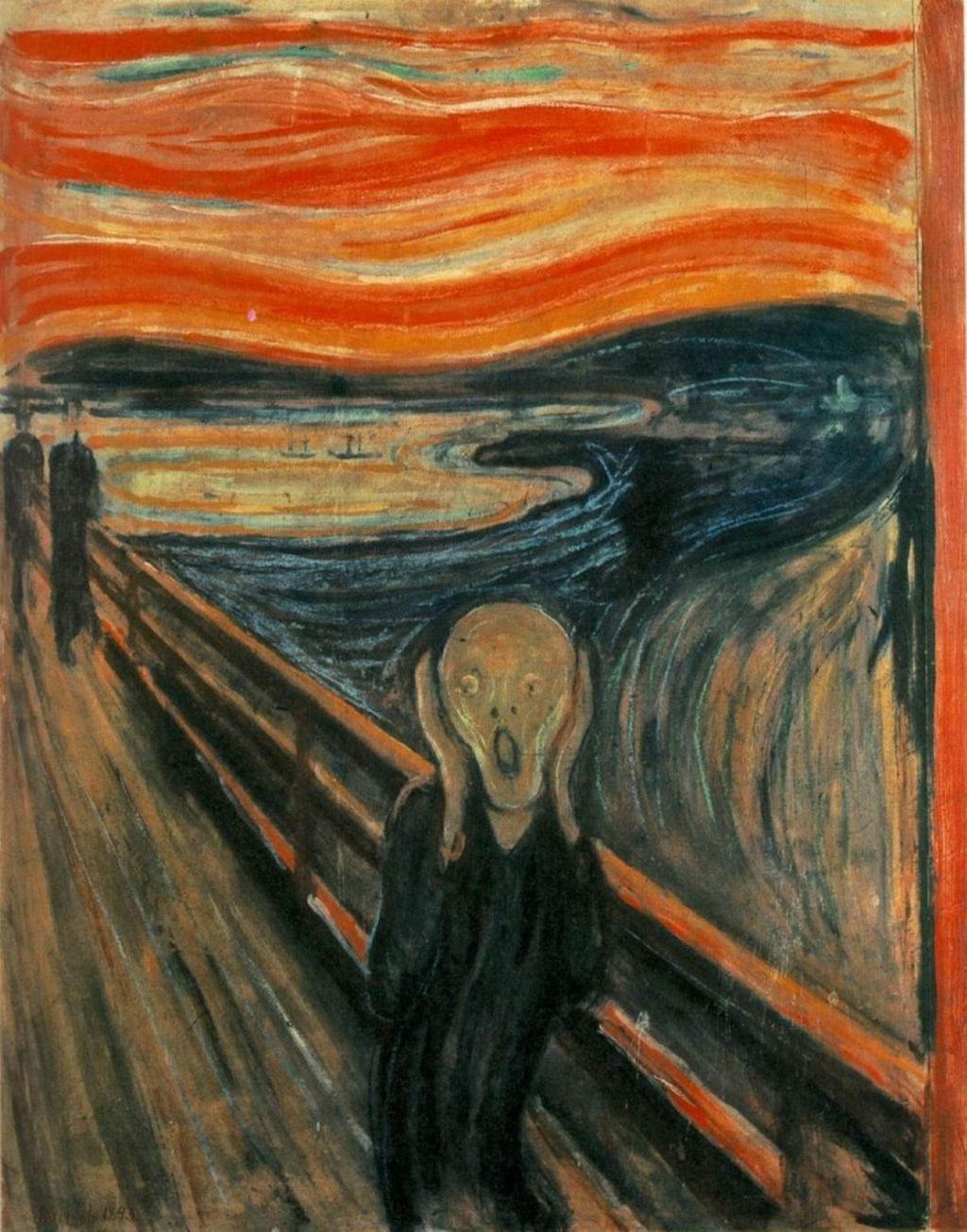
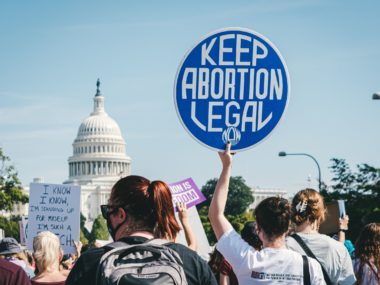
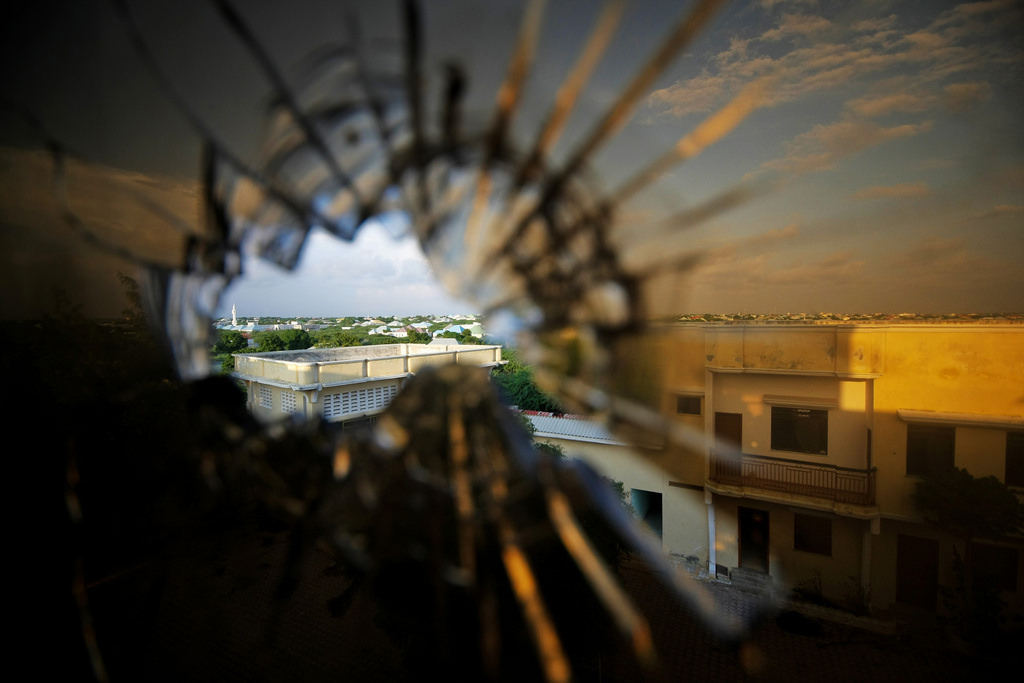

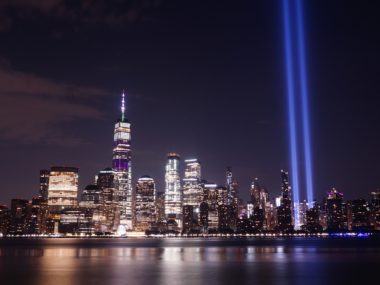
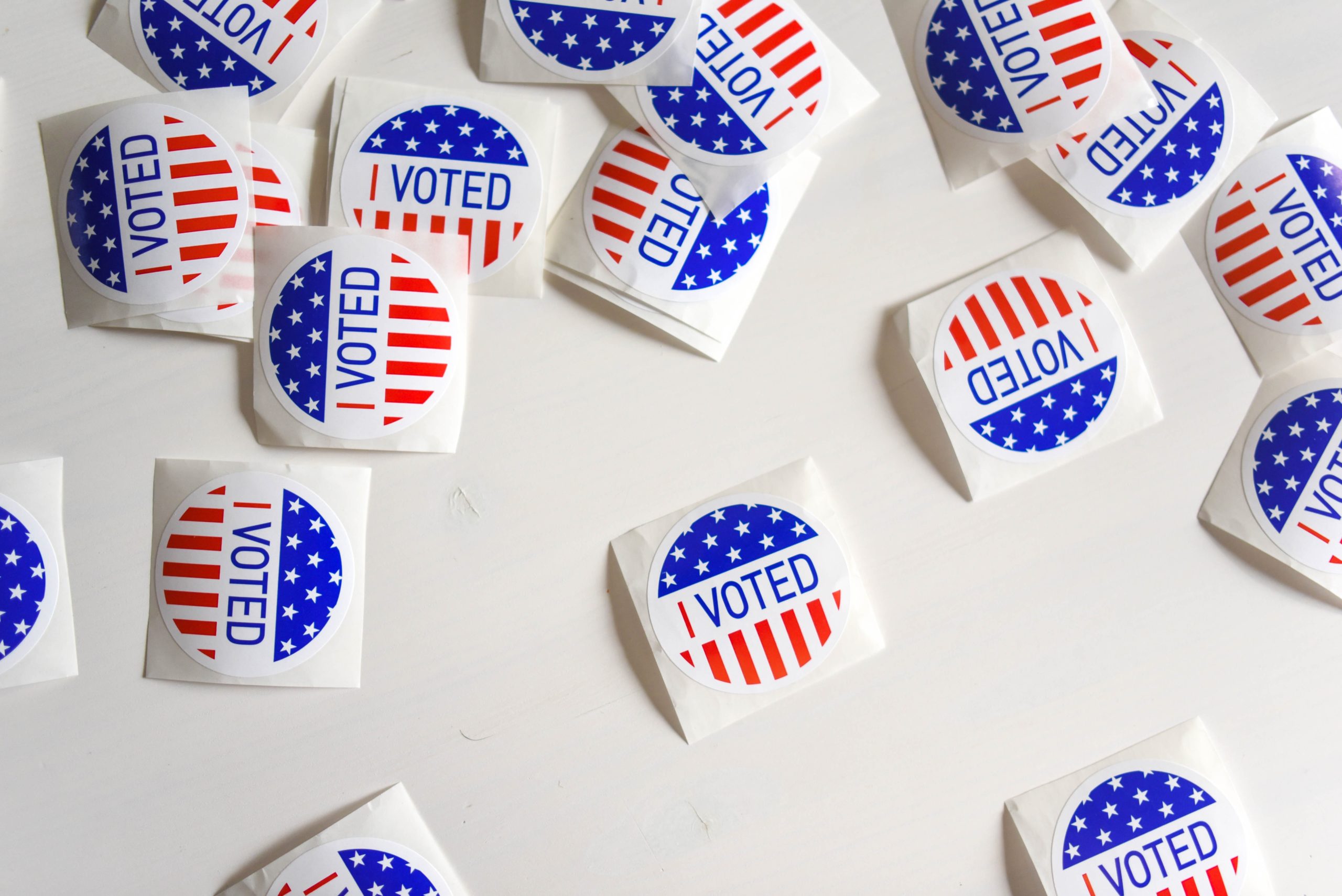
1 comment